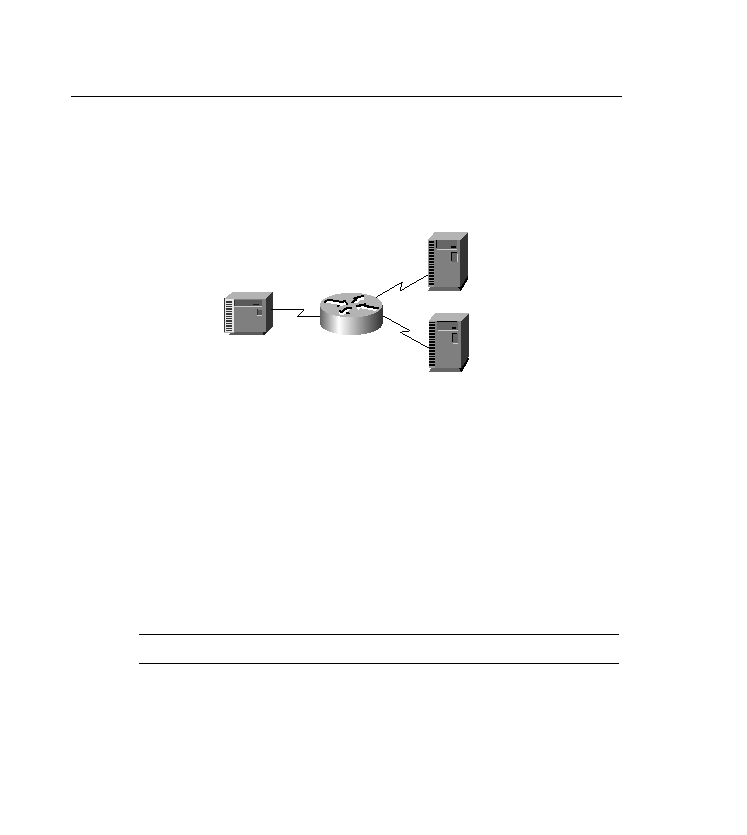
connected to one port of a Cisco router and a cluster controller connected to another port
of the same router, as shown in Figure 13-10. This is not a very popular method.
WAN. Choose local acknowledgment for TCP STUN connections in cases where congestion
and delay in the WAN cause SNA sessions to drop. However, keep in mind that local
acknowledgment can create more overhead on the CPU, and STUN is already
processor-intensive.
with STUN. For example, a Nortel DPN-100 (an X.25 packet switch from the late 1970s) can
have its proprietary protocol encapsulated over a STUN connection to communicate with
another DPN-100 because the DPN-100 Netlink protocol is based on HDLC.
as Class-Based Weighted Fair Queuing (CBWFQ) on the routers. This can prioritize the STUN
packets and also guarantee a certain amount of bandwidth for the connection through the
routers. Because SDLC is typically used with slow links (slow links meaning 128 KB or less),
the SDLC timers are more patient before timing out.